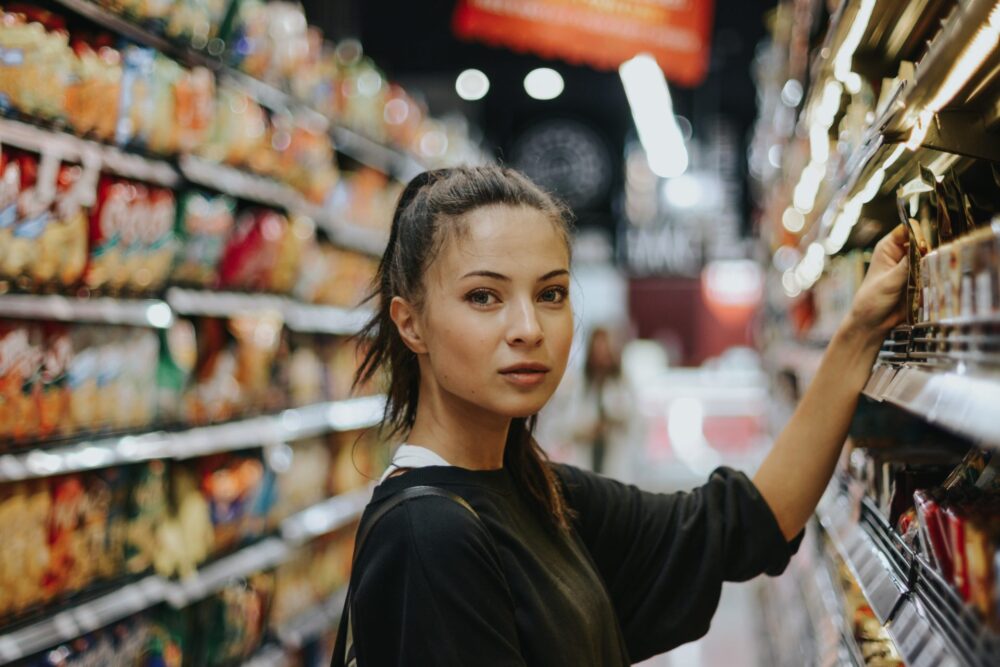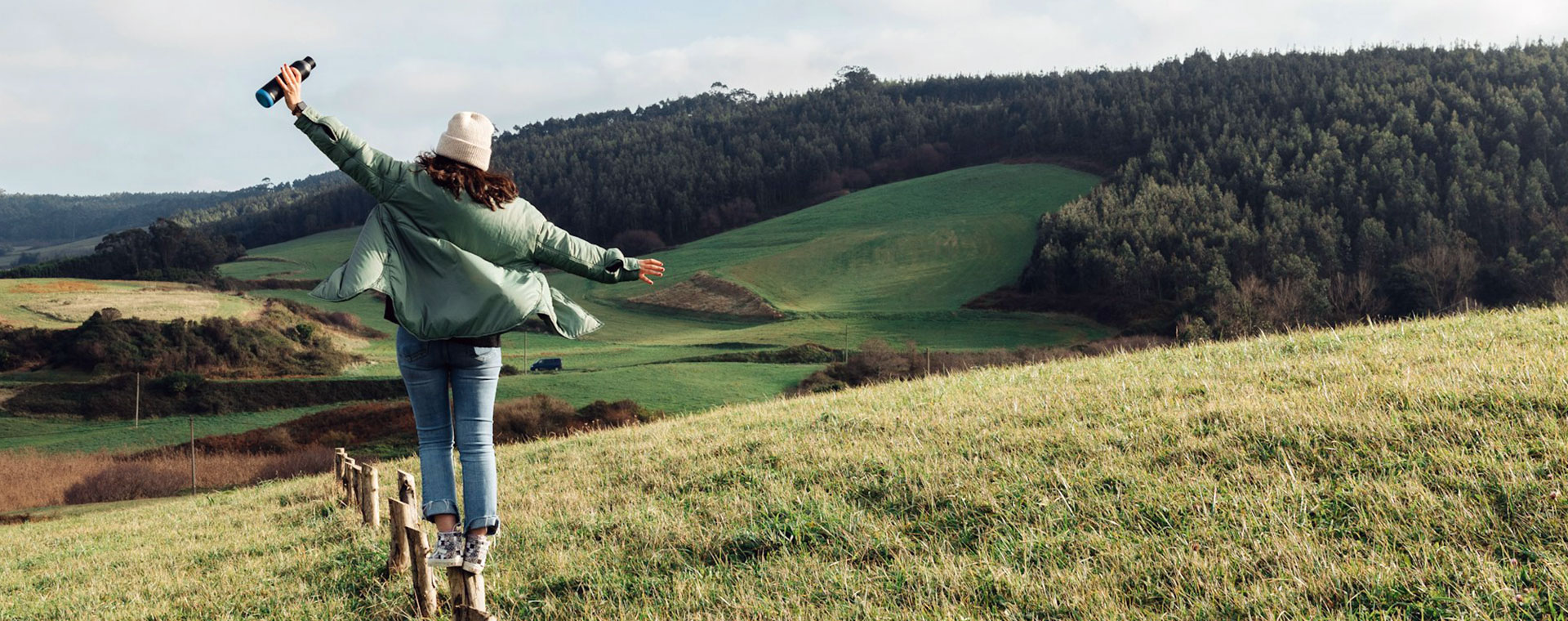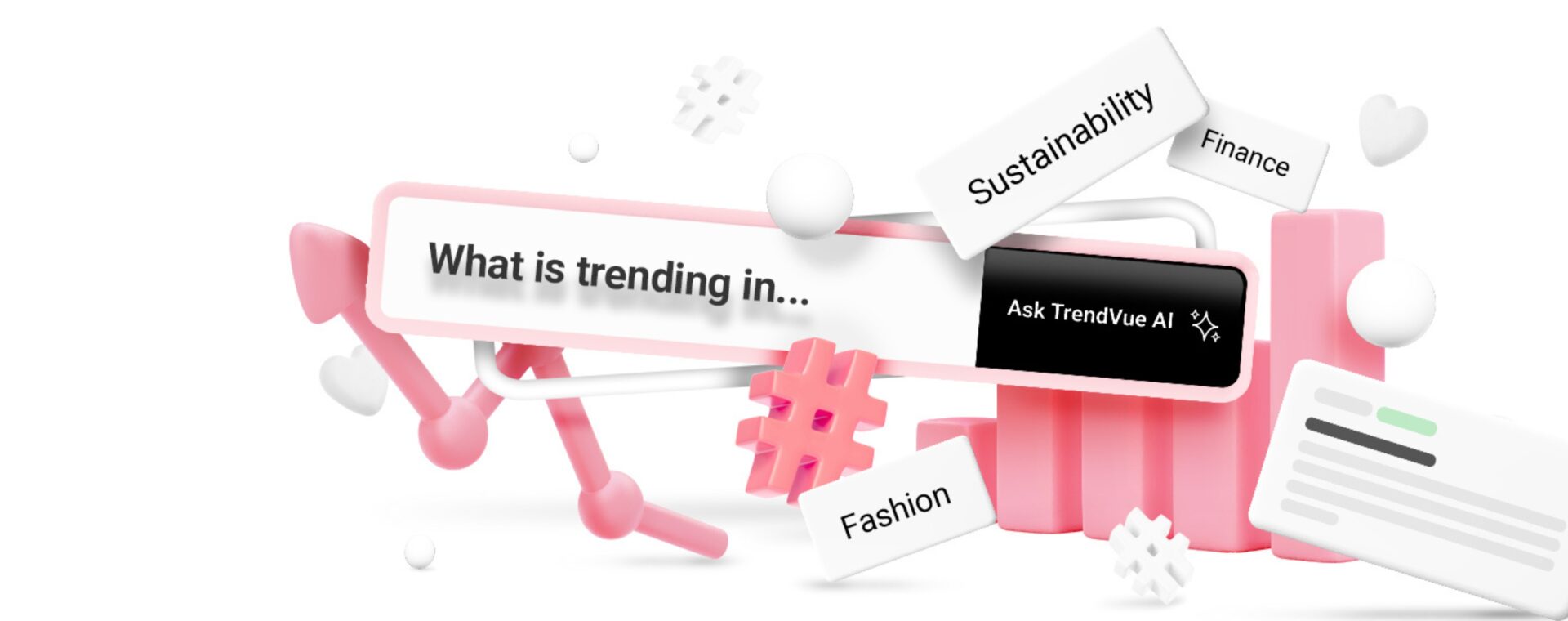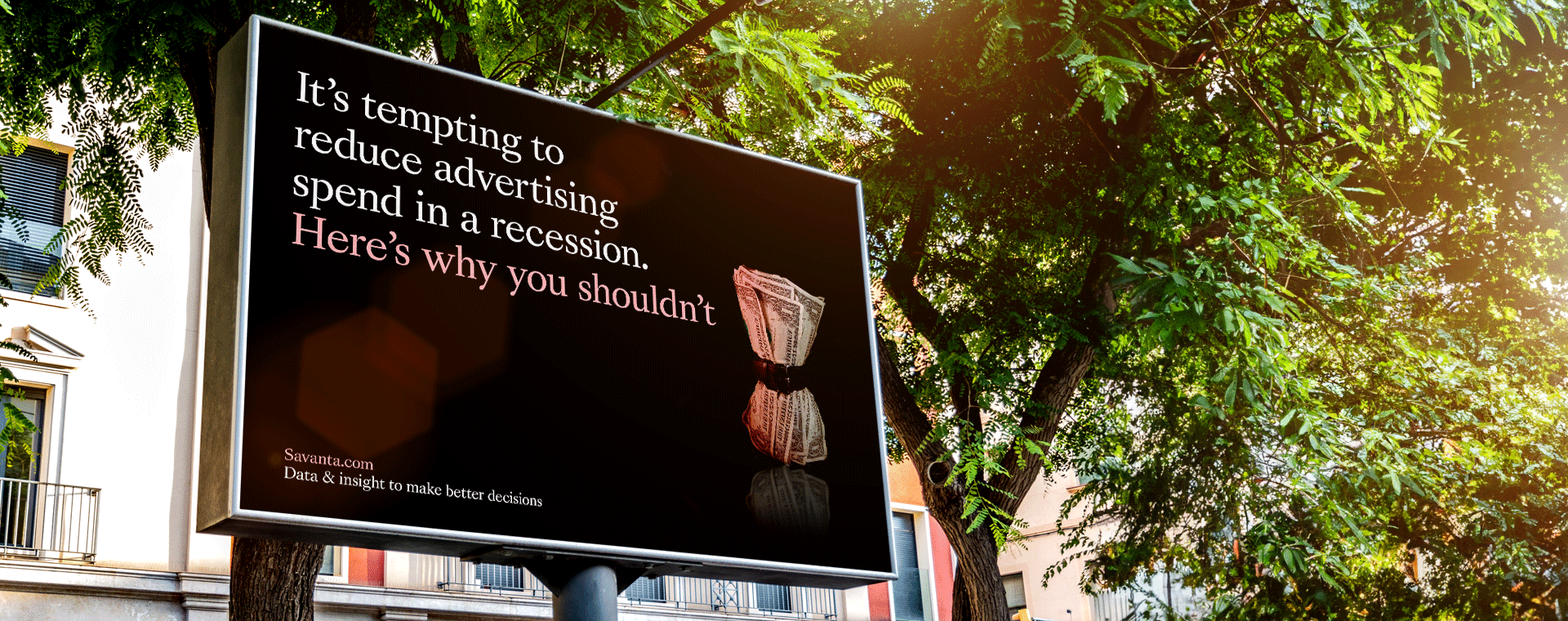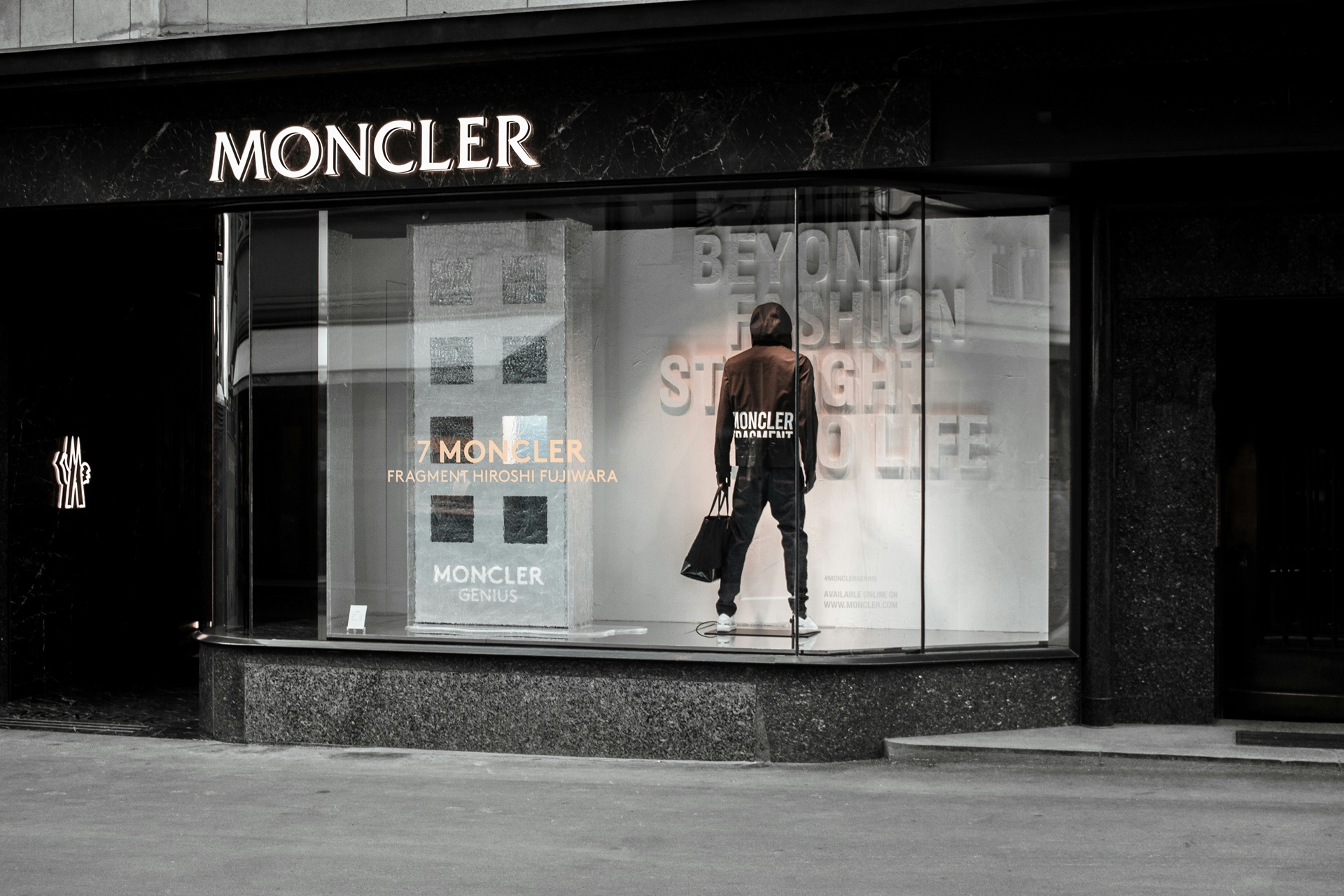
Communicating complex sustainability credentials and future-proofing your packaging and brand
Naturally, consumers connect strongly with packaging because it’s tangible: they can hold it in their hands. In fact, the top 3 most important sustainability cues that influence purchase all relate to physical packaging, and this has seen an increase since last year.
Meanwhile on the other end of the spectrum are green production, ethical work practises and organic production – arguably far more impactful than recyclable packaging, but also far more difficult for consumers to grasp, and not something they can hold in their hands.
When it comes to helping the environment, recycling falls far down the list while renewable electricity, reduced transport by air, purchasing organic/regional/ local food, and reducing food waste have a much bigger impact.
Furthermore, despite good intentions, ‘wishcycling’ (putting things in the recycling and hoping they can be recycled without checking first) is a real issue. Recyclable plastic often doesn’t get recycled, for various reasons and consumers are becoming increasingly aware of this. So, despite recyclable packing coming out top of the list driving purchase decisions, going forward, it’s going to be necessary to challenge consumer perceptions and focus on aspects that make a real difference.
Fruit smoothie company, Innocent, took this one step further: mapping its carbon footprint and identifying that a large proportion of its emissions come from farming and transport, much more so than packaging. As a result, the brand focussed its sustainability efforts on those elements and worked to educate consumers about the emissions related to the beginning of the journey (though it’s worth noting their plastic bottles are recyclable, too).
So, the question for brands on a sustainability journey is – how do we tell consumers about what’s inside, where it comes from and how it’s made to encourage more sustainable behaviours and stay ahead of the curve?
1. In your brand strategy:
By understanding exactly what consumers expect from your brand, and how it aligns with your current sustainability strategy, you can focus on quick communication wins as well as more long-term sustainable goals.
Work on communicating about those higher impact, less well-understood factors such as lower carbon emissions, green production, and ethical work practices to set you up in the long term.
Ensuring consumers understand what your company is doing and what you stand for while educating and taking them on the journey with you equals authentic growth. Consumers will see right through any sustainability promotions without the credentials to back it up.
2. In your innovation strategy:
One in four UK consumers claim that they are ahead of the curve when it comes to adopting new sustainable habits. Keeping ahead of the game by innovating your packaging and labelling to connect with those early adopters will help make your brand growth authentic. Consumers are increasingly mindful of greenwashing so sustainable innovation needs to be real or brands may risk being called out on it publicly.
Some brands are taking it one step further and removing packaging completely to cater for the 36% surveyed who say they would consider buying goods loose. Albeit you will need to re-think the way you communicate altogether if you choose to take this approach!
3. At the point of purchase:
- 44% of consumers read the description on the packaging at the point of purchase. Make sure you leverage your packaging to tell your sustainability story. Being sustainable is one thing but not making it clear at the point of purchase is a wasted opportunity.
- 40% of consumers find themselves turning to the ingredients list first to aid their decision-making. This is the first place you can start telling shoppers about where the ingredients came from.
- Certifications are another cue used by 28% of consumers. But these should be used with caution as awareness and understanding of most labels/certifications remains low. Further education is still needed to make sure consumers know what they’re looking at.
To make sure that your high-impact sustainability credentials reach your audience, you need to have a thorough understanding of what matters to them, where they go for information and what values they hold brands to.
Find out how the Consumer team at Savanta can help you communicate the more complex messages that will really make a difference:
- Brand: Get insights into how to weave sustainability into your brand without being accused of greenwashing, creating authentic brand growth and love. Find out what messages resonate so you can communicate about those complex issues in a language that is both understandable and motivating.
- Innovation: Find out what really matters to your consumers when it comes to sustainability to focus innovation on growth opportunities. Test your concepts, packs and products to ensure your sustainability message is clearly understood and resonates.
- Shopper and Customer Journey: Learn when, where and how to stress your sustainability creds along the shopper journey to drive awareness, consideration, and conversion.
